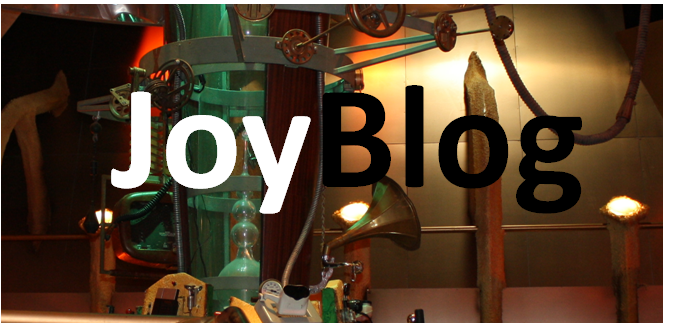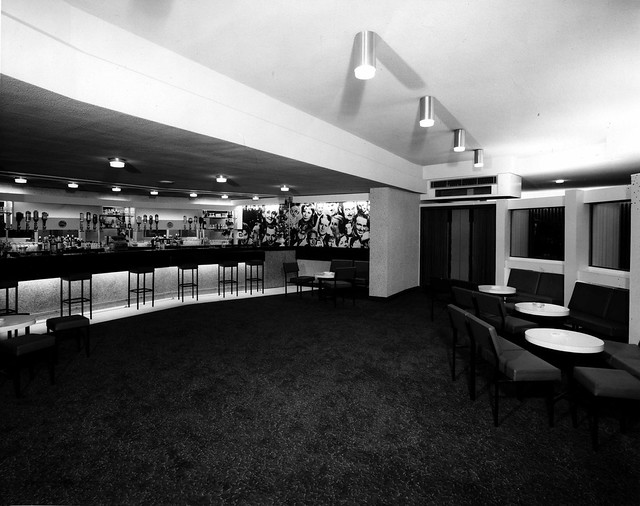Bridport and its coastal community West Bay have been benefiting from 'The Broadchurch Effect' since the show became a ratings and critical hit for ITV in early 2013. The second series finale was screened at the Electric Palace following a concert by the show's Icelandic composer Olafur Arnalds in 2015 and it seemed only right that the show that had adopted the town (or has the town adopted the show?) would spend its final hour in the company of friends and family.
Chris Chibnall, creator, writer, show runner and absolute top guy (he has a 'no wankers' policy in the workplace - amen to that!) introduced the world premiere of a 20-minute documentary that will feature on the DVD boxset. And then the episode started... 20 minutes early! Displaying the universal hand signal of 'cut!', Chris and his producers jumped in to stop the episode being screened ahead of the real-time broadcast. Imagine if the audience found out who the mystery assailant was ahead of time!
Time for a final pint or chat with the crew and then it was the live feed at 9 PM. The commercial breaks are all part of the show, giving Chris and his team the opportunity to throw in cliffhangers, and it was great fun sitting in a crowd that audibly gasped as the plot twists were finally revealed - no spoilers here if you haven't seen it yet.
Photo (c) James Dawson
The panel then took to the stage, interviewed by ‘real life Maggie’ Maddie Grigg (she used to edit the local paper The Bridport and Lyme Regis News). She was joined by Chris Chibnall (creator and show-runner), Jane Featherstone (Executive Producer), Julie Hesmondhalgh (Trish Winterman), Andrew Buchan (Mark Latimer) and Arthur Darvill (Rev. Paul Coates)
Chris immediately thanked the audience for the support and welcoming arms that the community has shown the show over the three seasons. He related how the people in Waitrose were telling him that ‘Trish’ and ‘Mark’ had been in the shop earlier that day, such is the identification that people have with the characters rather than the actors. “It was on the front page [of the papers]! I can't process anything of what's happened - you feel like you're in the eye of the storm."
Julie had stayed the previous night in West Bay with her husband and was soaking up the ‘Broadchurch effect’. Chris then went on to praise the work of the real Rape Crisis Team, making then stand and take a bow. He relayed how they had worked closely throughout the production and had given him their blessing to tell such an important story, including the detailed procedures of the aftermath. “They are the people that deal with this every day and make a difference to people’s lives.” Julie fully understood the responsibility she was taking on with the role and has become the patron of Dorset Rape Crisis.
“We must keep the pressure up…these services are being massively cut… Change does not come from above, it comes from the ground, from people working at the coal face…what they’re doing is incredible,” she stated to a full round of applause.
Reference was made to the final shot of the series which zooms in past Hardy and Miller and across the sea towards the cliffs. Chris had this shot in mind from the outset and it’s the advent of drone technology that has made this possible. Of his most memorable moment in the show he was particularly impressed with the night-time vigil in Episode 7 where local women poured onto West Bay quayside at a cold 2 AM in support of Trish (possibly some were in the audience?)
As to the use of certain locations for this series, Chris reveals it wasn’t just about having a canny location manager – Trish’s house was located in West Bexington because that’s where Chris’ acupuncturist is, and the waterfall scene of the crime was first discovered by his wife at Little Bredy. Andrew confirmed that it was indeed him floating in the water at the end of Episode 7, but that it was carried out in a sheltered bay in Bristol where they had to create waves, but still requiring him to spend four hours in the water. A personal highlight? “Probably every single second with Jodie Whittaker,” his screen wife Beth.
Asked whether such serious matter makes for a depressing filming experience, Arthur Darvill clarifies: "It's actually quite the opposite! It's a real joy to turn up. We take it very seriously, but in-between everything, the most bleak moments, we become a real family.” Chris reveals that Jodie Whittaker ordered a life-size cardboard cut-out of Arthur from the internet as Rory from Doctor Who. Somehow it ended up in Olivia Colman’s hotel bathroom and it was last seen, in half, by the bins. Such is the fickle nature of showbiz!
I ask Andrew and Arthur whether at any point in series 1 or 3 they thought they might be the murderer or attacker. “No, we had no idea!” reveals Andrew. “In series one I was getting quite worried. There was a window during the night that was unaccounted for. David Tennant's character says 'Where was Mark between 1 and 4?' and I thought: ‘I hope that’s not going the way I think it’s going!' In this one [Series 3] Again I didn't know, but this time I felt pretty certain it couldn't be me - we couldn't put the Latimers through any more.”
Arthur adds: “When we did the first series almost no-one knew whodunit when we filmed it. There was a moment when people turned up to set to announce it and we said: ‘Please don't tell us - we want to read it.’” Andrew jumps in: “On the day you [Chris] came down to set to announce it, I happened to be away in Southampton doing voice-over and couldn't attend, so it wasn't announced; people thought: ‘It's Andy!'”
As to what control the producers have over the adverts shown in the commercial breaks, Chris clarified they have none – there was a concern from one audience member that one ad in a previous episode had objectivised women. One audience member asked Chris what he was up to next, oblivious that he’s about to be taking on the running of one of the biggest jobs in the world - Doctor Who.
One audience member was concerned that the scene where Beth meets Trish in the Watch House Café at West Bay was an unrealistic setting for a discussion about a serious assault, but Chris was adamant that this was realistic. “Because that's what happens. If you speak to our team over there they'll tell you the first meeting has to happen in a public place. It was absolutely based on research. Also, cinematically, you have the cliff, which is the shadow that is haunting Beth outside of the window as she's talking to Trish.”
Inevitably, Chris declined to answer whether Julie would make a great Doctor Who – this was probably his last chance to talk about Broadchurch before moving on to his new job. Of the question he said: "I'm not going anywhere near it. But thanks for trying!" he quipped.
And after nearly 40-minutes of questions, the cast and crew said goodbye to their adopted town, nearly five years after filming began. Happily posing for selfies and signing cast postcards, there was a real sense of pride from all involved, as well as the end of era. Pockets of change were also emptied into the collection buckets at the exit doors. We’d only paid £5 a ticket, and for such a great evening these worthy organisations deserved so much more.
I joked with Chris that his next challenge was to set a Doctor Who story along the Jurassic coast. “Wow!’ he laughed. “Now THAT would be a challenge. I’ll let you know how it goes!”
Find out more about the inspiring work being done by Dorset Rape Crisis and The Shores.













